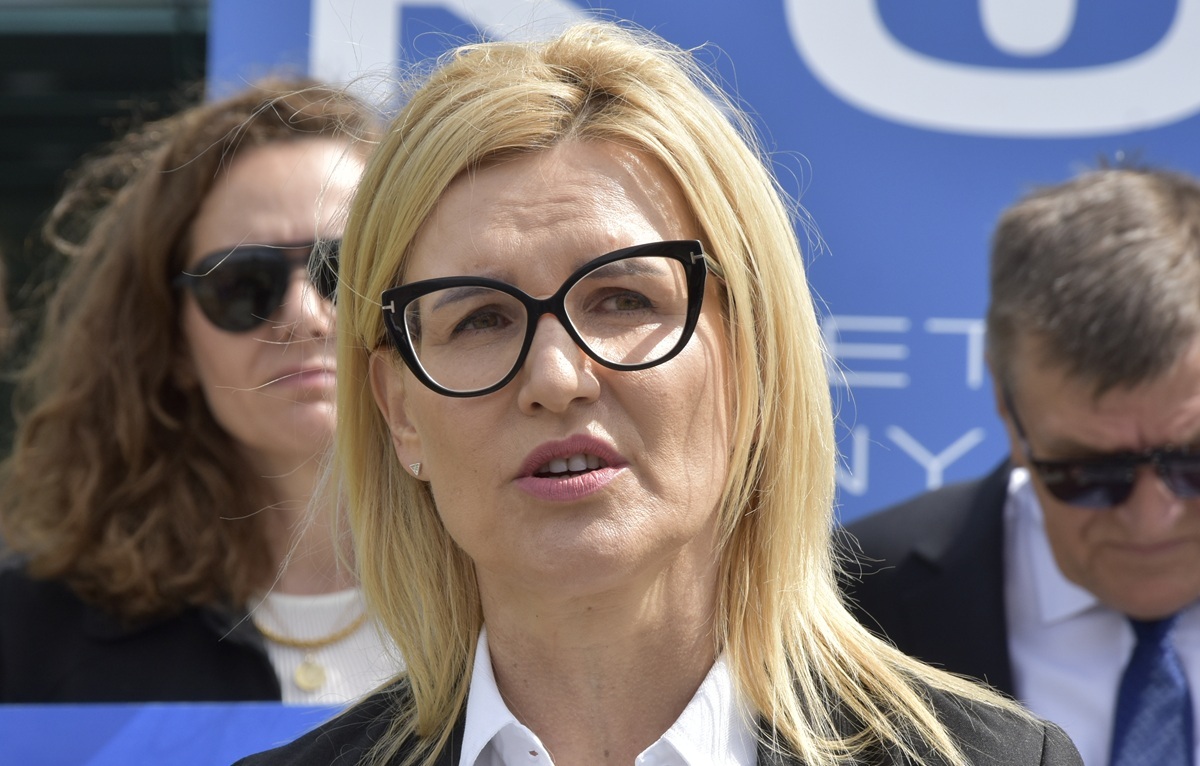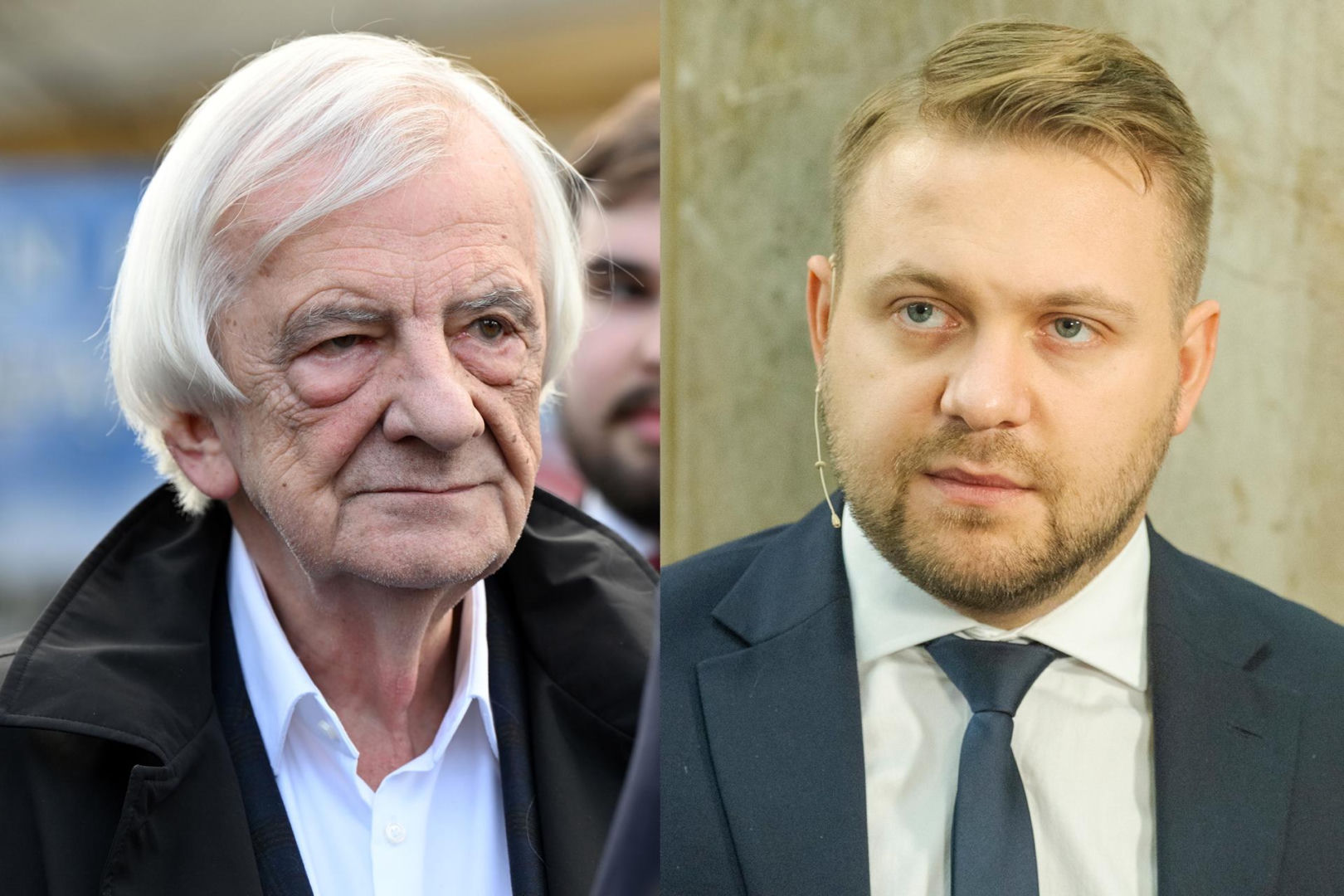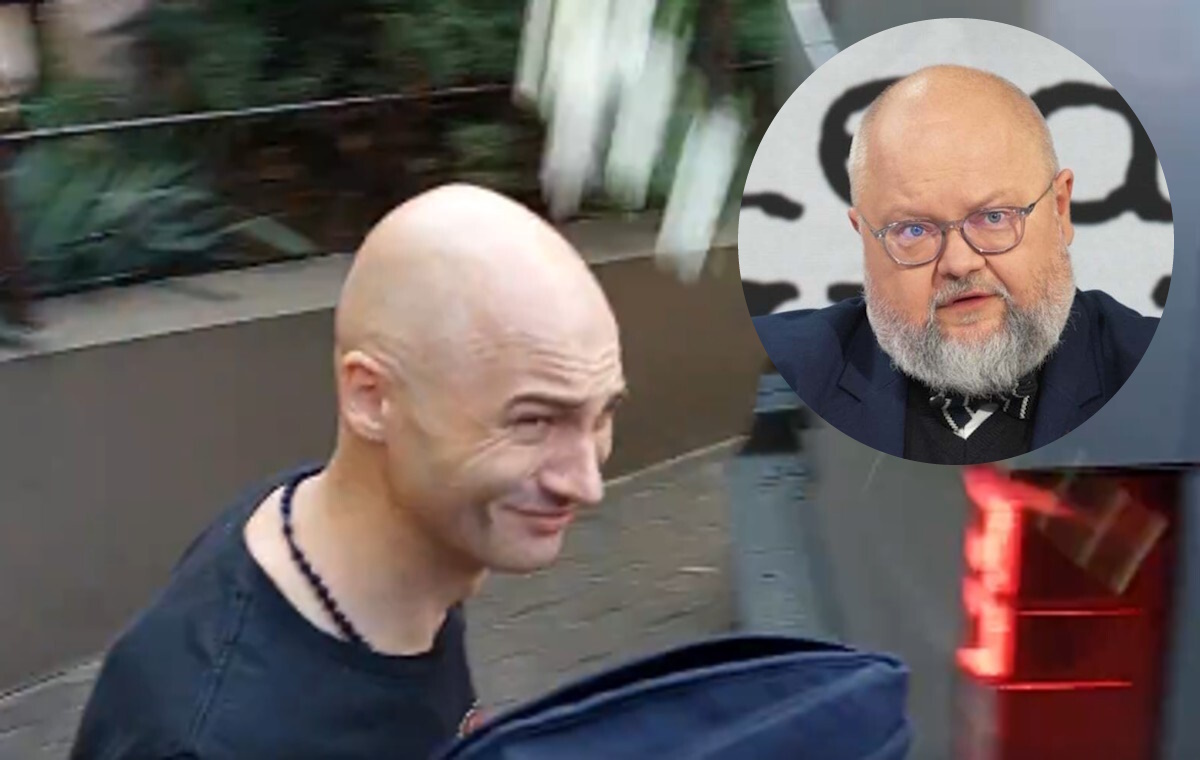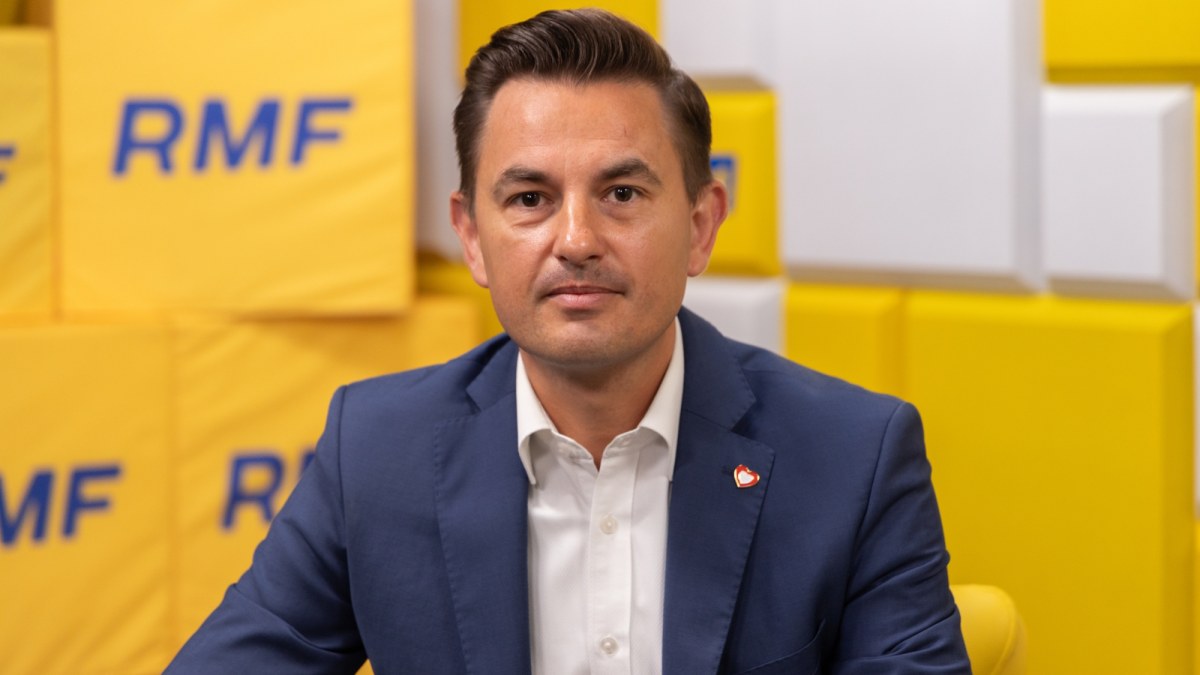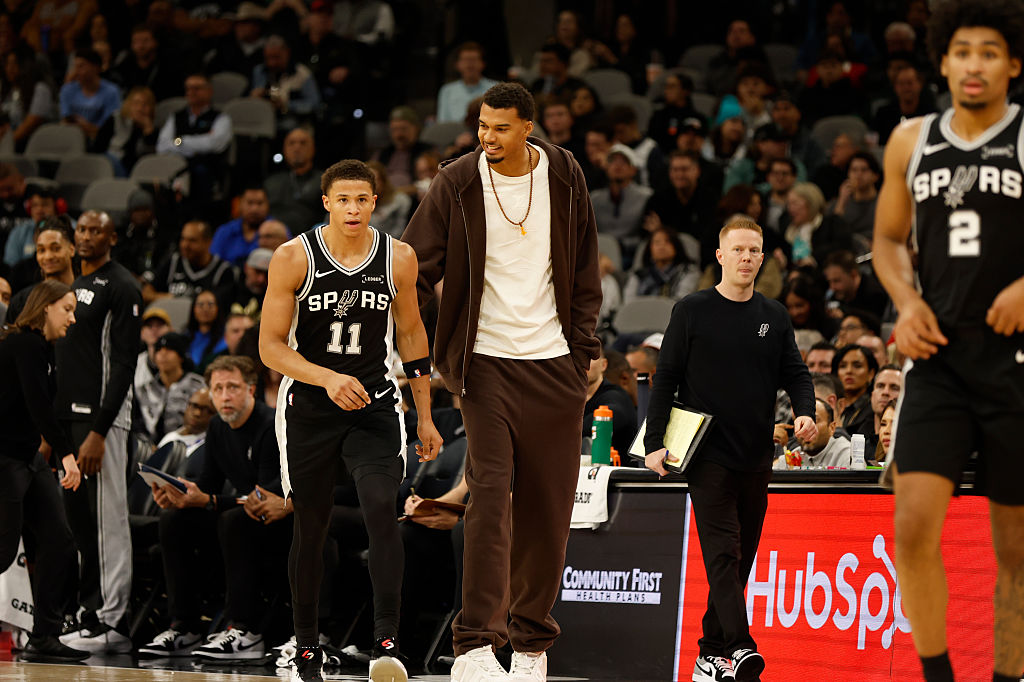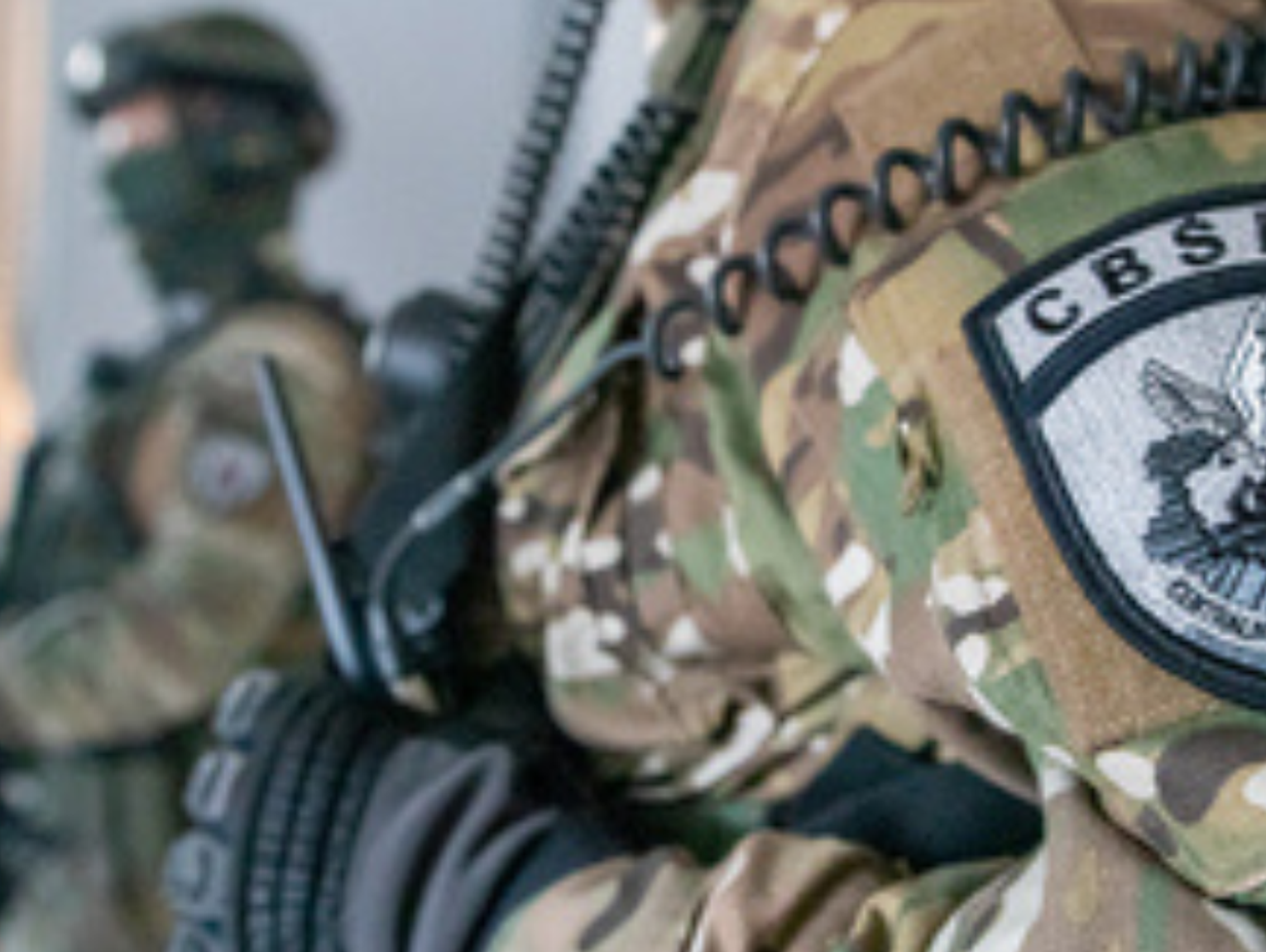Description of the facts
M.K. he was accused of withdrawing excise work from 22.5.2013 to 10.10.2013, in L., acting jointly and in agreement with the head of the tobacco company at short intervals in the performance of the same intention, i.e. for an act under Article 54(1) of the KKS, in conjunction with Article 6(2) of the KKS, in conjunction with Article 37(1) of the KKS.
By judgement of the territory Court for Łódź-Śródmieście in Łódź of 30.8.2019, V K 1032/16, the territory Court in Łódź acknowledged M.K. for the wrongful act which was committed to him between 6.6 and 9.9.2013, in L. and pursuant to Article 54(1) of the CCC in conjunction with Article 19(1) of the CCC, in conjunction with Article 4(1) of the CCC, in accordance with Article 20(2) of the CCC, sentenced him to a year of imprisonment.
Appeals in this case were made by the prosecutor and the defendant, and the public prosecutor challenged the defendant's judgement against the suspect as to the penalty.
In turn, the suspect challenged the judgement in its entirety by referring to an infringement of the provisions of the law of procedure and material law affecting the content of the decision, namely Article 7 of the NCP in conjunction with Article 410 of the NCP and Article 424(1) of the NCP in conjunction with Article 113(1) of the NCC and Article 54(1) of the NCC.
In making the above pleas, the applicant requested that the judgement under appeal be amended by acquittal of the suspect M.K. from what he was accused of.
Following the examination of these appeals, the territory Court in Łódź, by judgement of 23.11.2022, V Ka 1720/19, amended the contested judgement in specified a way that it increased the suspect M.K. A conviction of imprisonment of up to 2 years and in addition a fine of 200 regular units was imposed on the accused, assuming that 1 rate was equivalent to PLN 100 and that, in the rest, that conviction was retained in force.
In the appellant’s appeal, the suspect full pleaded against a gross violation of substantive law, i.e. Article 54(1) of the CCC in conjunction with Article 18(3) of the CCC, in conjunction with Article 20(2) of the CCC, and the procedural law, i.e. Article 433(2) of the CCC in conjunction with Article 457(3) of the CCC, in conjunction with Article 113(1) of the CCC and Article 434(3) of the CCC in conjunction with Article 433(1) of the CCC, in conjunction with Article 113(1) of the CCC.
By raising the charges, the defender filed for both convictions and acquittal of the defendant.
In consequence to the cassation of the suspect of the convicted territory Attorney's Office in L.A., he requested her dismissed as manifestly unfounded.
Supreme Court, after the conviction brought by the suspect M.K.the judgement under appeal and acquitted M.K. from doing what he was accused of doing.
Reasons for SN
According to the ultimate Court, the cassation proved valid.
Formally, there was a failure in 2 pleas, although the correct plan should take the form of 1 plea, i.e. gross images of Article 433 §2 of the NCP in conjunction with Article 413 §2 (1) of the NCP, in conjunction with Article 1(1) of the CCC, in conjunction with Article 54 §1 of the CCC, in conjunction with Article 18 §3 of the CCC, in conjunction with Article 20 §2 of the CCC. Before demonstrating the merits of specified a plea, it should be pointed out that the deficiency described in the cassation relates to the absence in the description of the prohibited act attributed to the convicted M.K., the circumstances which fulfil the characteristics of the offence pursuant to Article 54(1) of the CCC in accordance with Article 18(3) of the CCC, in accordance with Article 20(2) of the CCC. This defect was described in the cassation, as already in the appeal, as an insult to material law, i.e. Article 54(1) of the CCC in conjunction with Article 18(3) of the CCC, referred to in Article 20(2) of the CCC, and it was already pointed out in the very content of the plea that the substance of the plea is the fact that the court of first instance ordered by that mistake was inactive in force. With this allegation, it strictly corresponds to the charge of erasure, which is based on the indication that the court adquem he committed an improper review of the appeal not only by accepting a way of describing a prohibited act by the court meriti, but besides allowing the content of the judgement to conflict with the form of criminal action of the convicted person.
If, on the another hand, the question of the description of a criminal offence in a conviction (Article 413 §2.1 of the NCP) has become the subject of an infringement referred to in the appeal (infringement of substantive law), the Court of Appeal’s approval of specified an infringement must consequence in an allegation of inadequate review of the appeal (Article 433(2) of the NCP). An improper review of specified a plea may manifest itself both in a brief, vague assessment of the plea, peculiarly erstwhile the applicant’s arguments to support the plea are disregarded, as well as in the fact that the rejection of the plea of violation of substantive law is based on a possible legal view (attested in the appeal), without explaining why, for what reasons, a different view of this aspect of material law (sometimes dominant in the case-law or doctrinal area) is inappropriate, and so missed.
Thus, in view of the construction of both of these cassation charges, it must be concluded that, in this way, the appeal court has committed a serious breach of the procedural law, i.e. Article 433 §2 of the NCC in conjunction with Article 413 §2 (1) of the NCC, in conjunction with Article 1(1) of the NCC, in conjunction with Article 54 §1 of the NCC, in conjunction with Article 18 §3 of the NCC, in accordance with Article 20 §2 of the CCC, in fact contained and described in both of the pleas. It is impossible to conclude that the appeal is based on a thorough and fair appeal. In a single conviction in the message of reasons for the judgment, the court held that the possible deficiency of strict definition of certain factors is not decisive in terms of formality, since a criminal trial is not a formulae process in which circumstantial legal formulas are required. He further added that this position has been consistently presented for many years in a number of ultimate Court rulings, although no of these rulings and those contained there have been cited.
In the appeal, the applicant referred to the ruling of the ultimate Court, which was the basis for the plea. The appeal court’s position is flawed not only due to the fact that it considered that the question of the description of the action attributed to the suspect M.K. it is only a formal question in relation to the undisputed anticipation of replacing statutory returns which are the hallmarks of a prohibited act, another terms of the Polish language, which correspond in essence to the phrases contained in the description of the prohibited act, but also. due to the fact that he did not take note of the decisions to which the complainant allegedly referred. If he had done the latter, even as part of a fair mention to the plea of appeal and the ultimate Court ruling cited, he would gotta conclude that the problem contained in the appeal does not concern the alleged "formules" in the description of the act, but at all the deficiency of a description of the act from part of the circumstantial criminal law to which the accused was to supply assistance.
The question referred to in the alleged formulae process, or rather, the unwarranted request that only statutory formulas be invoked in the description of the prohibited act, is based on many decisions of the ultimate Court (cf. e.g. judgement of 19.3.2008, V K K 363/07, Legalis; judgement of 29.3.2011, III K K K 321/10, Legalis; judgement of 6.3.2015, V K K C 394/14, Legalis; order of 5.12.2013, II K K 212/13, Legalis). However, another problem was pointed out by the suspect in his appeal, and in this respect he did not get a fair answer. It is not disputed, however, that the minimum request for attributing a peculiar individual to a crime and subsequently punishing him for it is clearly described in the conviction, so that the legal qualification of the offence is subsequently indicated (Article 413 §2.1 of the NCP).
It was so essential to repeal the judgement under appeal, in the light of the nature of the gross infringement of the law, the nature of which was not in the description of the conduct of the alleged nature of the prohibited act (Article 54(1) of the CCCS), it was not possible to revoke the judgement under appeal in order to re-appeal the defendant’s plea. It must be pointed out that, in the course of further proceedings, the appeal court could not issue any another decision but to amend the judgement and acquit the suspect due to the misconduct indicated above.
Comment
In addition to the fact that the judgement is correct in its heading, it should be stressed that only in the conditions of full implementation of the procedural requirements of "all prohibited types of action" is it possible to bring criminal liability. It is clear that this request applies to all types of crime, not only committed in the form of phenomenal assistance. However, since the appeal court failed to consider all these circumstances and failed to consider that the infringement referred to in the appeal was, in fact, only the way in which the nature of the offence was determined in the judgement by a expression another than statutory returns, it became clear that there was a serious violation of the procedural law in question.

